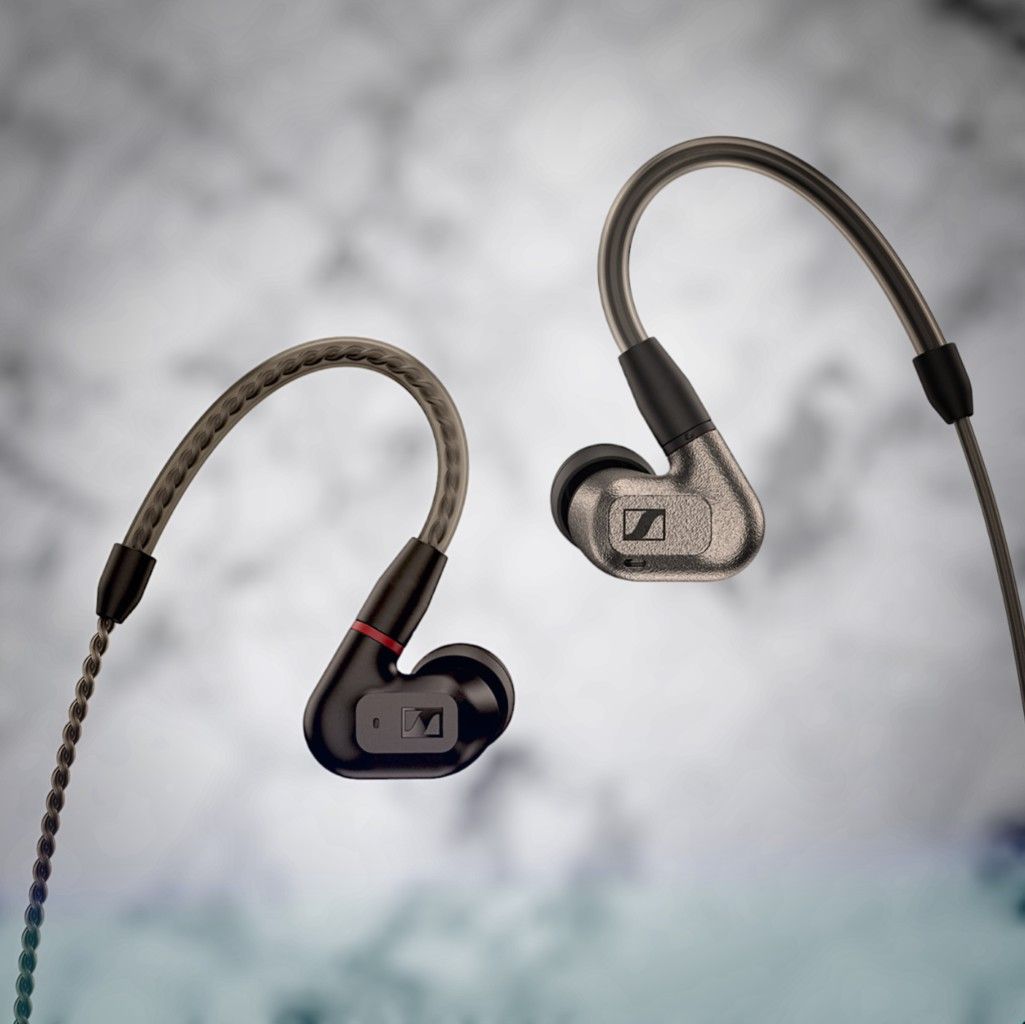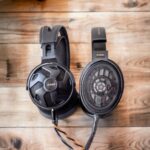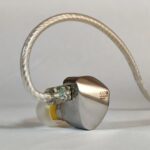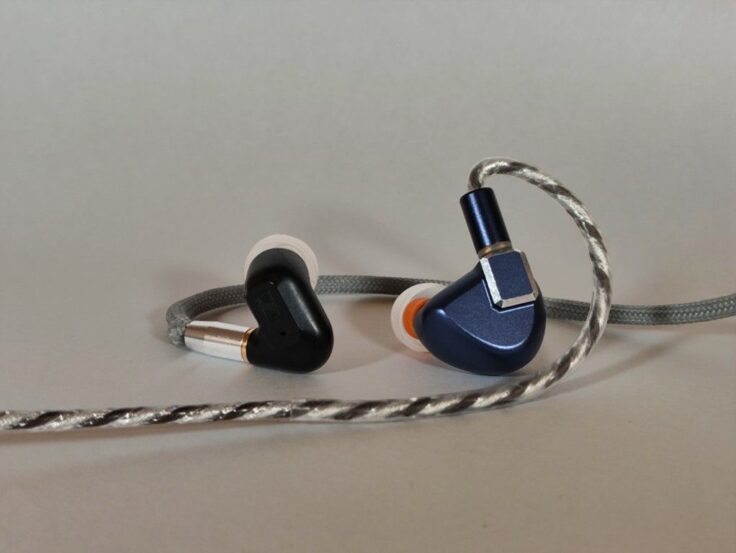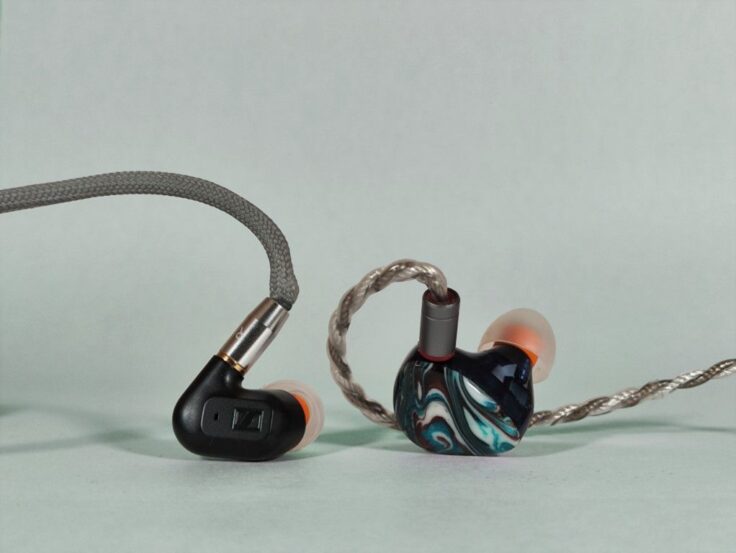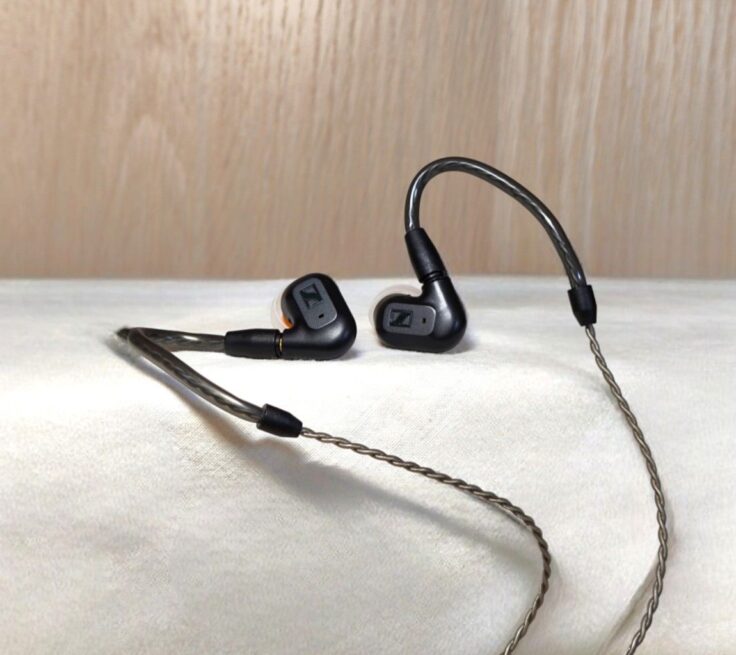The Sennheiser IE200 and IE600 share the same form factor and utilize the same 7mm dynamic full-range “True Response” transducer. This driver is also used in the IE300 and Sennheiser’s flagship, the IE900. All four IEMs have a very similar design of the housing. The key distinctions among these models lie in the housing material and, very importantly, the internal design and acoustic properties – which includes the use of resonator chambers.
IE200 has no specified resonator chamber. The IE300 employs Sennheiser’s “single resonator chamber technology”, the IE600 utilizes the “D2CA dual-resonator chamber technology”, and the IE900 benefits from the “X3R triple-resonator chamber technology”. So basically, every model gets one more chamber as you move a step up the ladder.
The resonance chambers are miniature built-in chambers designed to reduce or increase specific frequencies. Resonance chambers are something we all are familiar with. A guitar body is an example of a resonance chamber, as are most acoustic instruments. Closed headphones are resonance chambers, as is actually the body of every IEM. The key is of course to control the resonances.
Resonance chambers with only one opening which enhances or reduces very specific frequencies are called Helmholtz resonators, and what frequency they cancel out or enhance depends on the chamber size and the dimensions of the opening. This is observable when you blow across the top of a bottle, which then works as a Helmholtz resonator. Sennheiser used this technique to tame the treble of the HD800S high-end over ear headphone. Such chambers are also used in many appliances like e.g. cars to reduce noise from the exhaust.
The IE600 and the IE900 both feature a 3D-printed metal housing of slightly different designs. The metal affects the acoustic properties and also enhances durability significantly. In contrast, the IE200 and IE300 opt for a simple plastic housing.
The pricing of the IE200 and IE600 diverges significantly, with the IE200 normally priced at around $150 and the IE600 at $600. The IE200 is manufactured in China, whereas the IE600 is made in Germany.
SENNHEISER IE200 SPECIFICATIONS
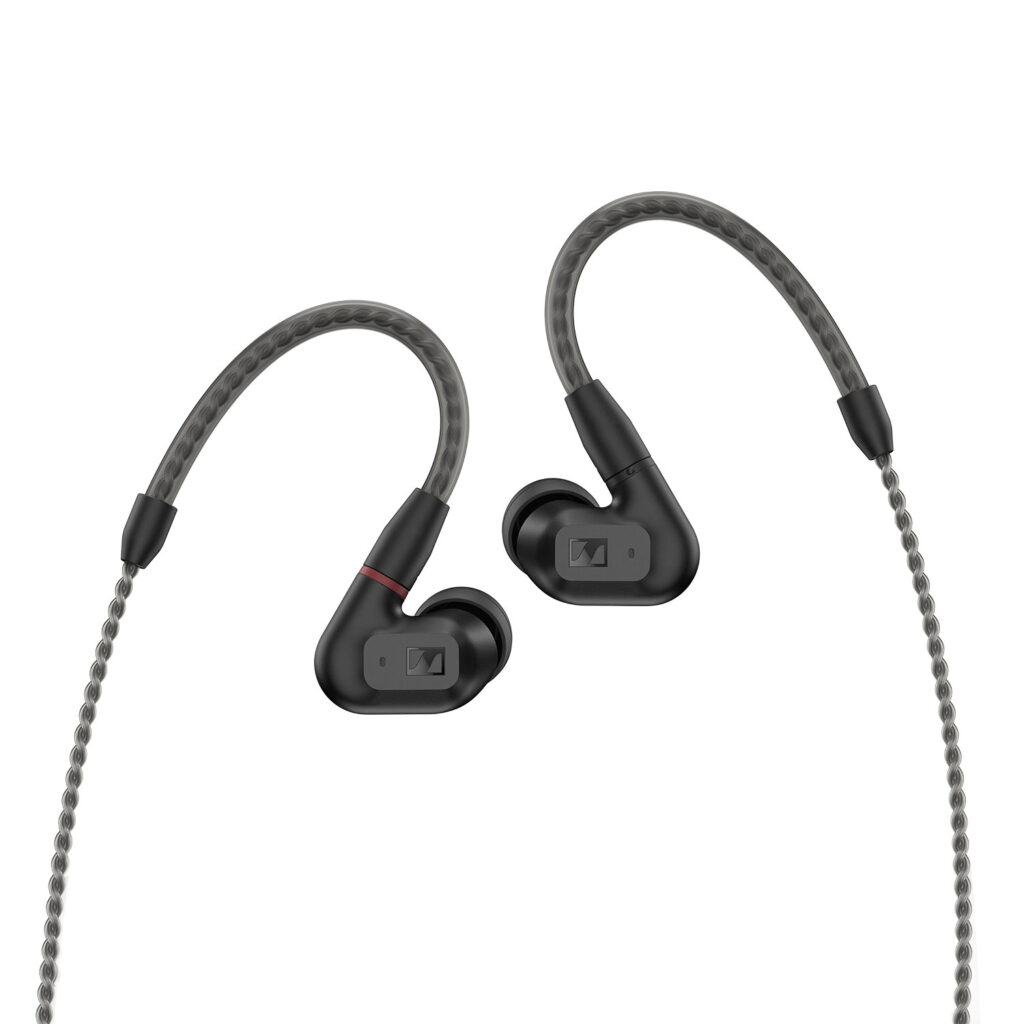
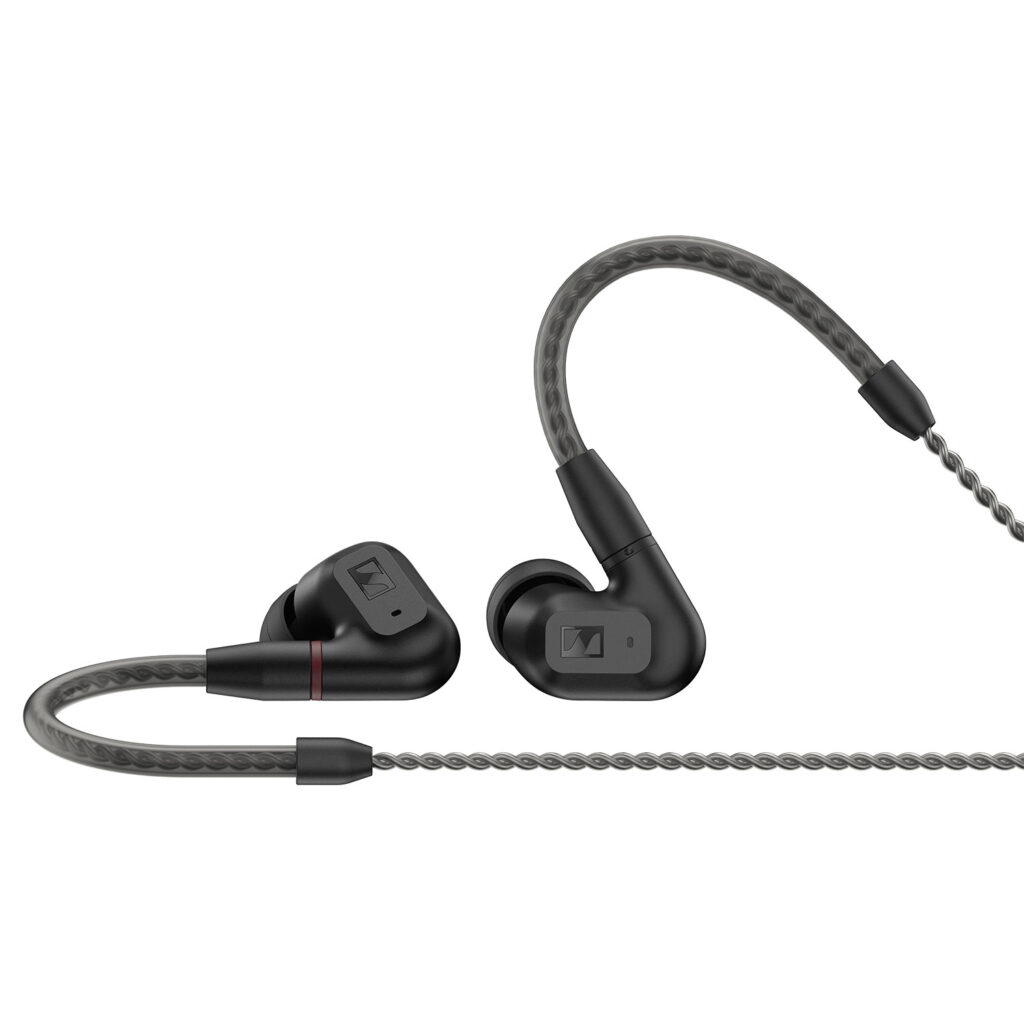
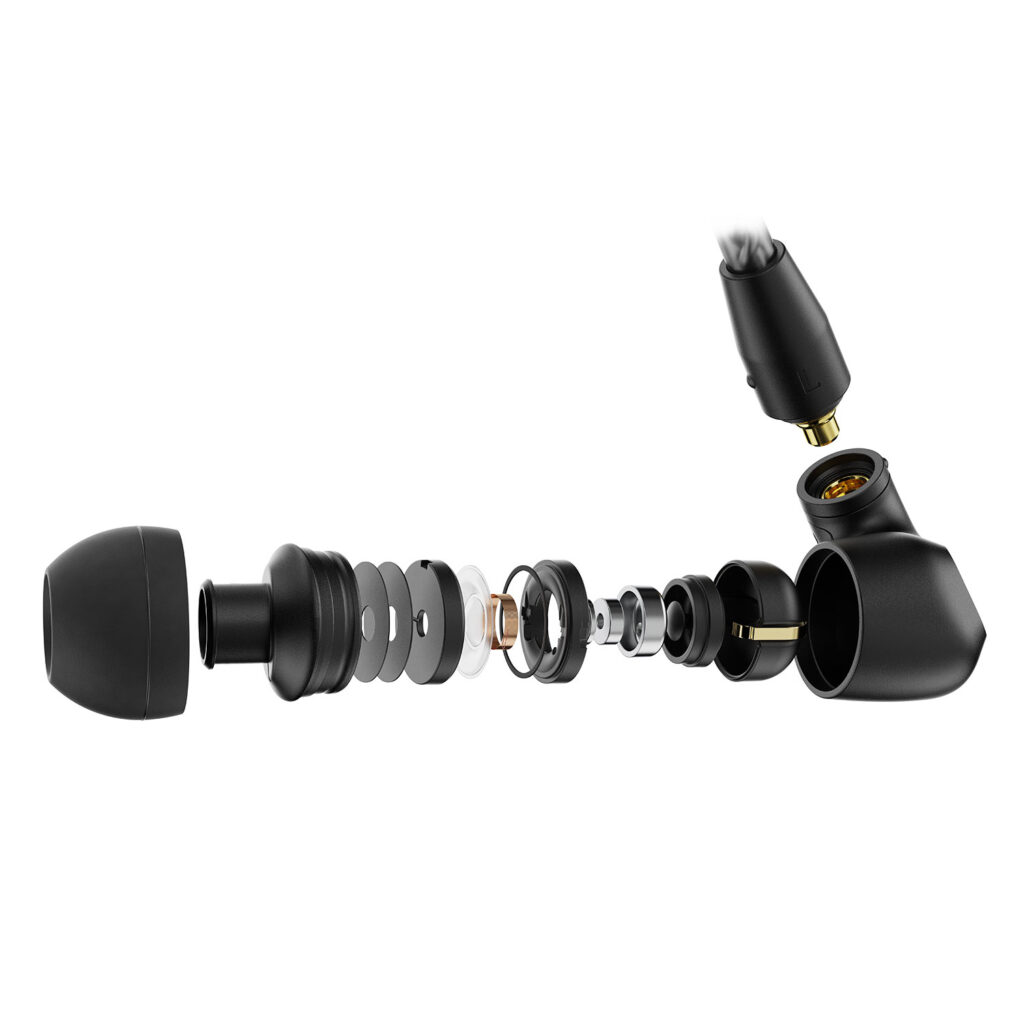
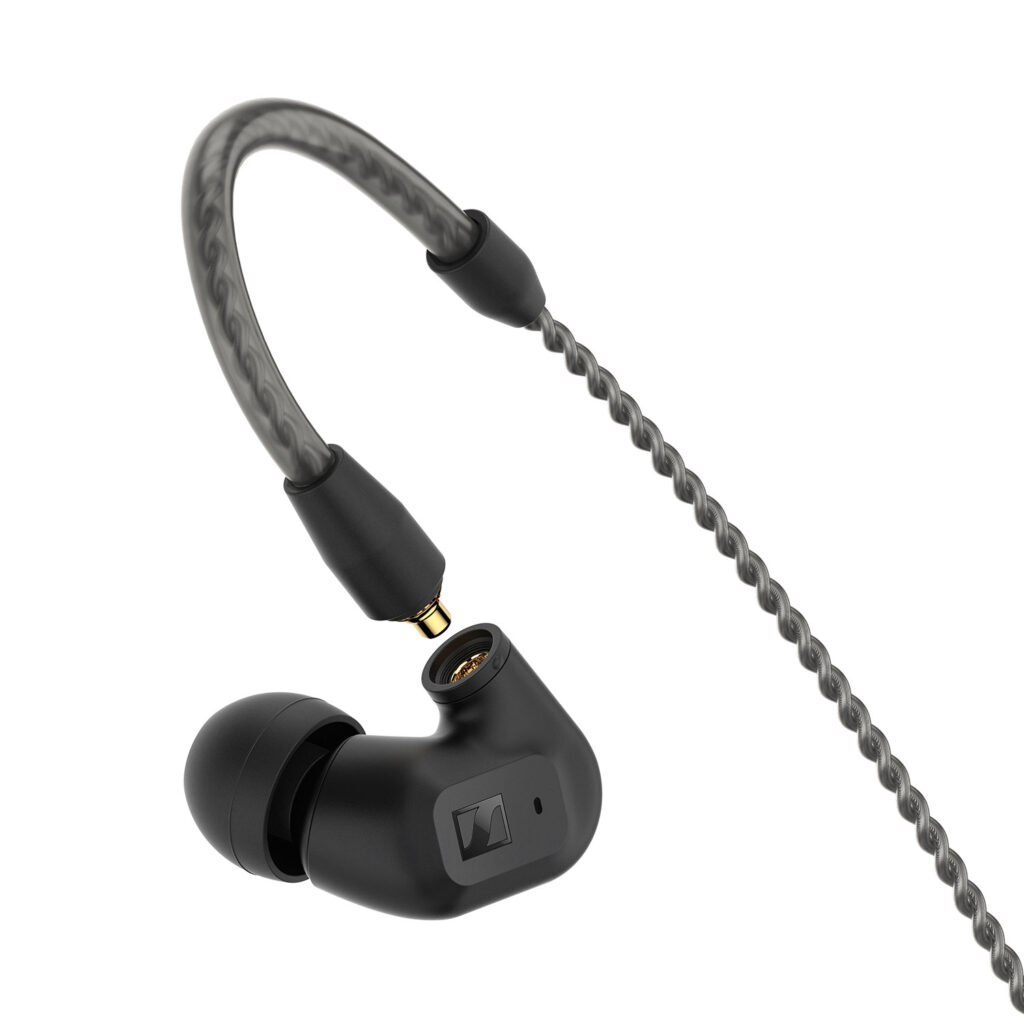
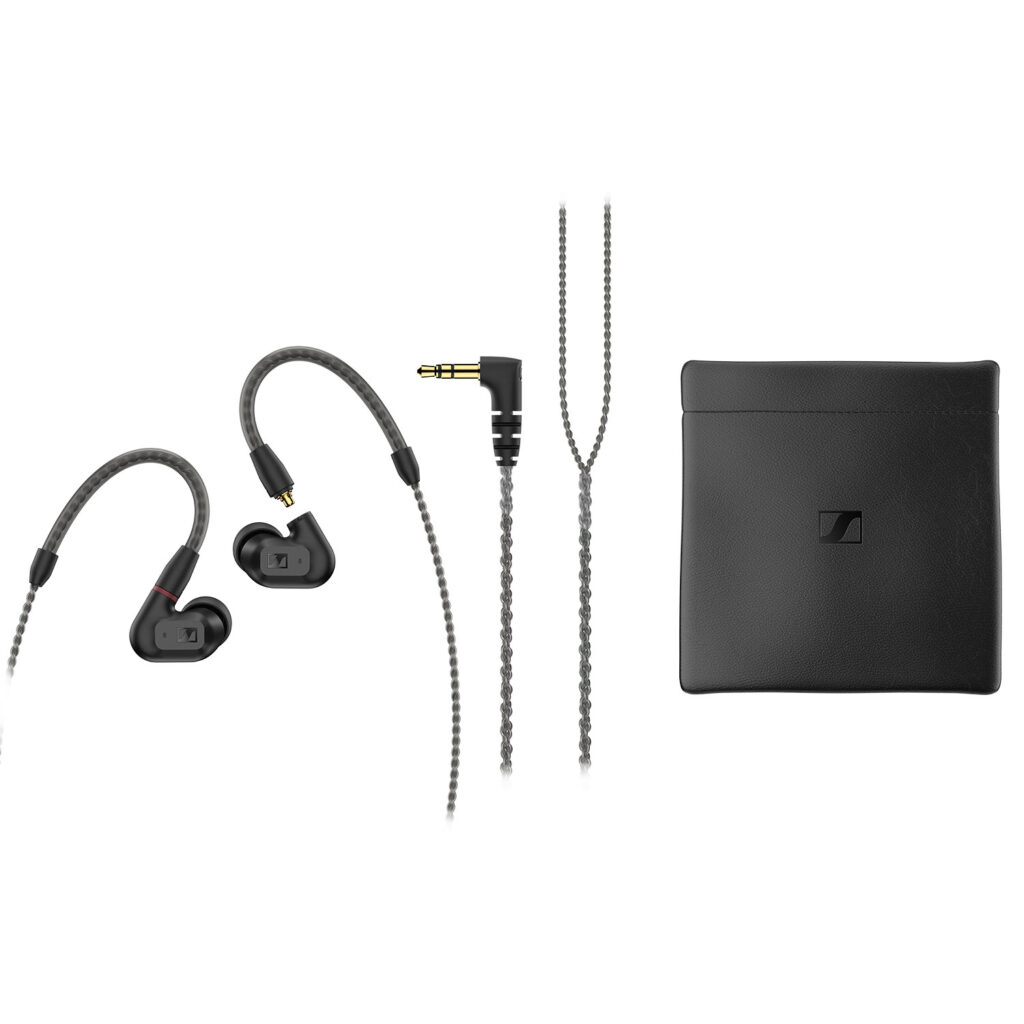
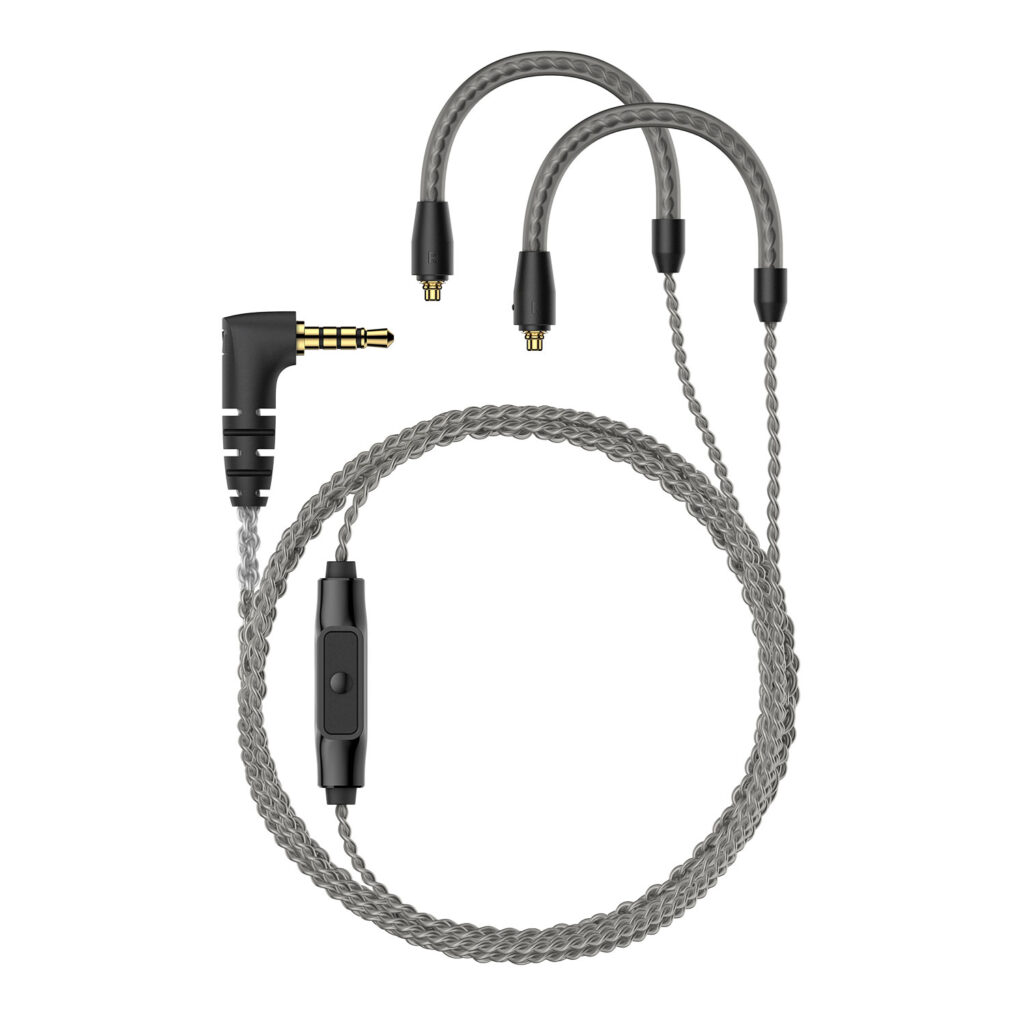
- Single dynamic 7mm extra-wideband True Response transducer, the same as in the IE 300, IE 600 and IE 900.
- Frequency range: 6 – 26,000 Hz.
- Impedance: 18 Ohm.
- Sound pressure level: 119 dB.
- 1.2 m MMCX cable.
- 3.5 mm stereo mini jack (angled, gold-plated)
- Braided cable with MMCX connectors and 3.5mm plug
- Adjustable ear hooks and choice of ear tip adapters.
Check the price on Amazon: Sennheiser IE200
SENNHEISER IE600 SPECIFICATIONS
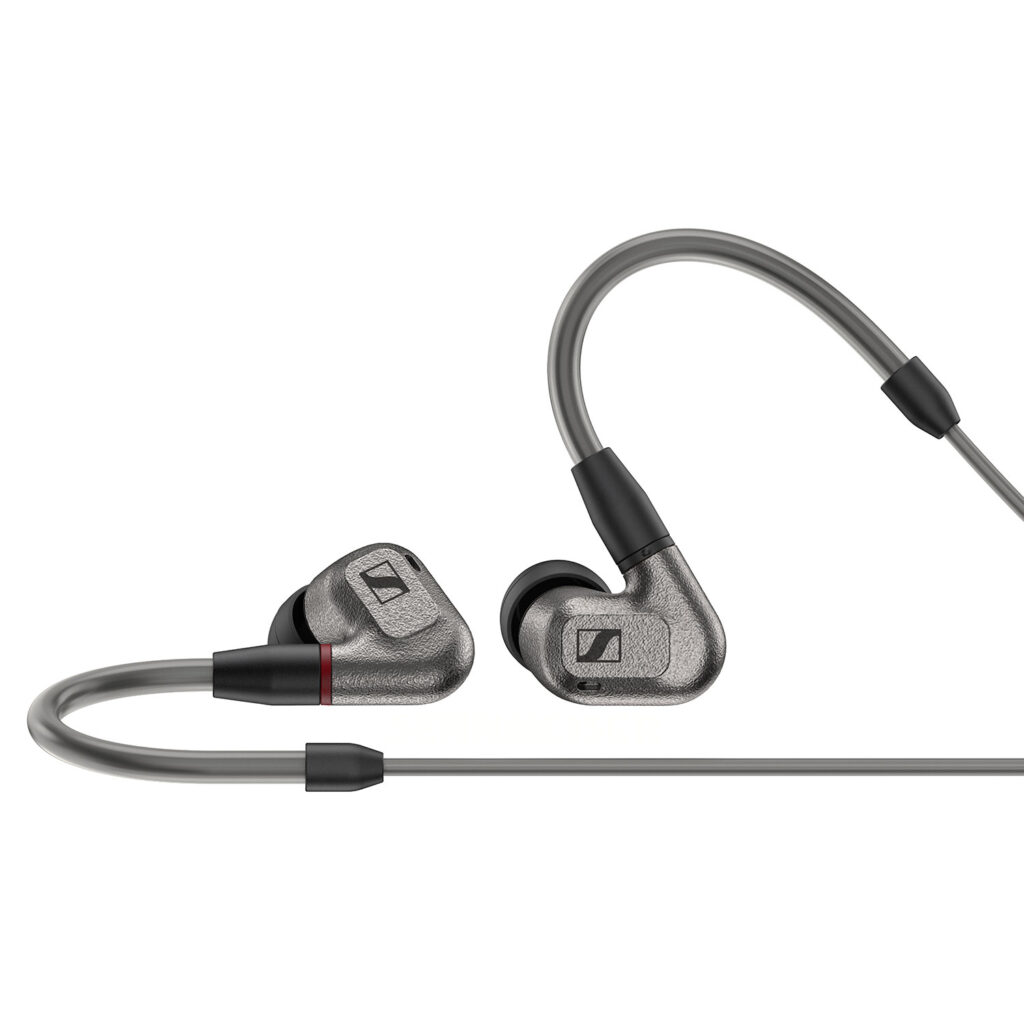
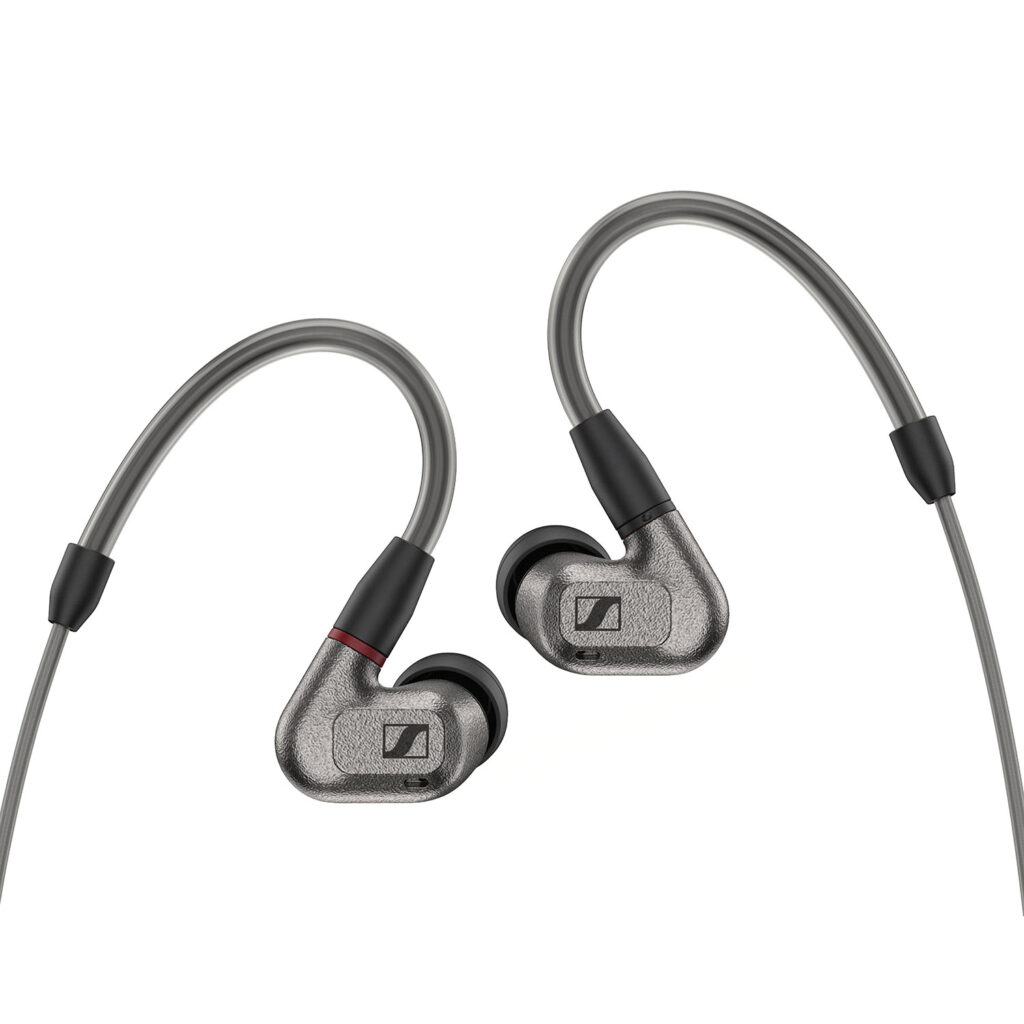
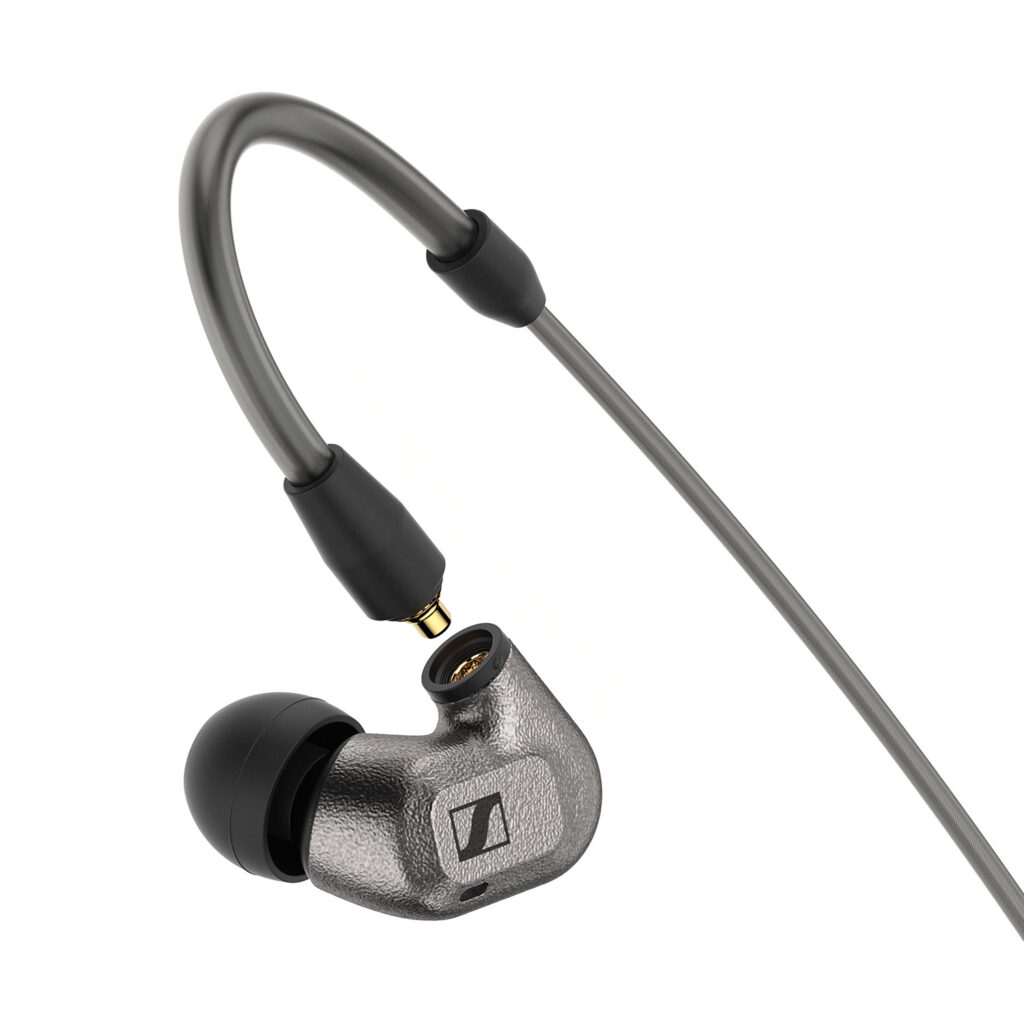
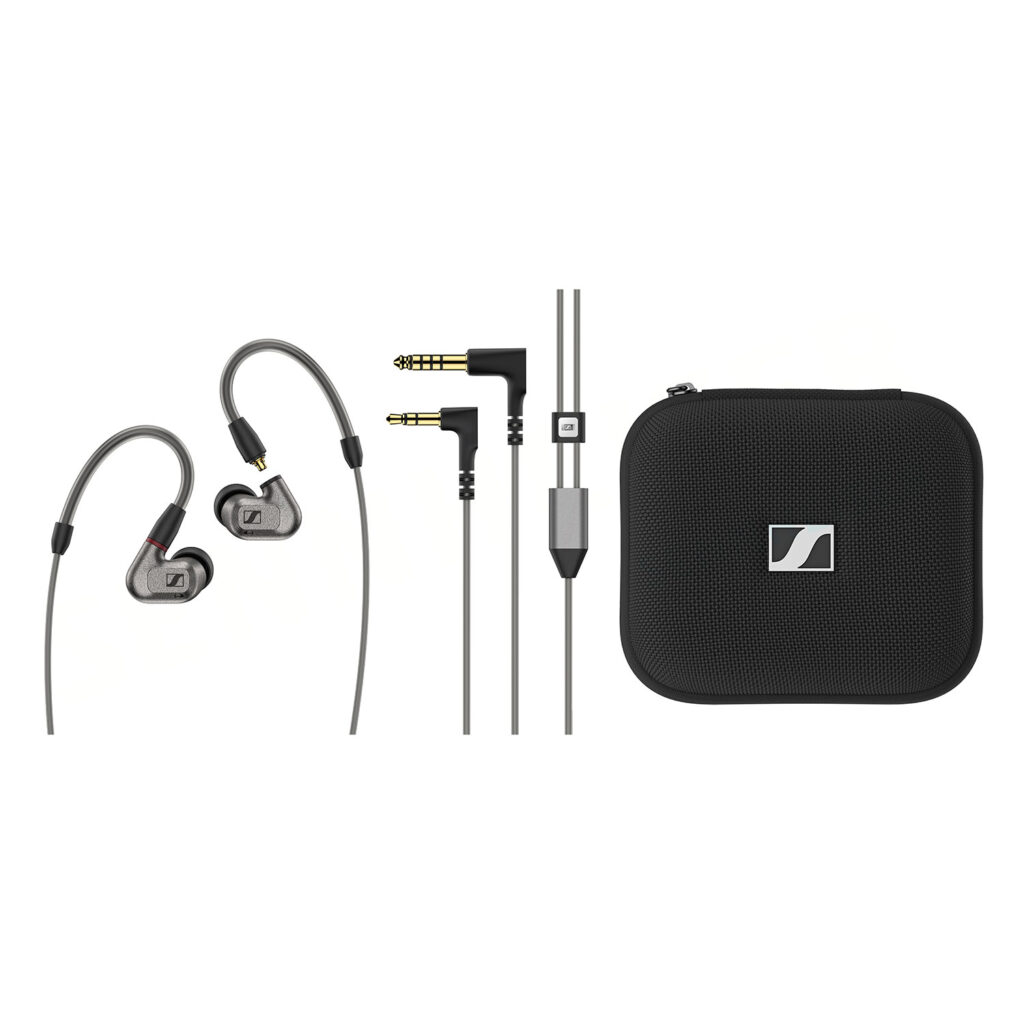
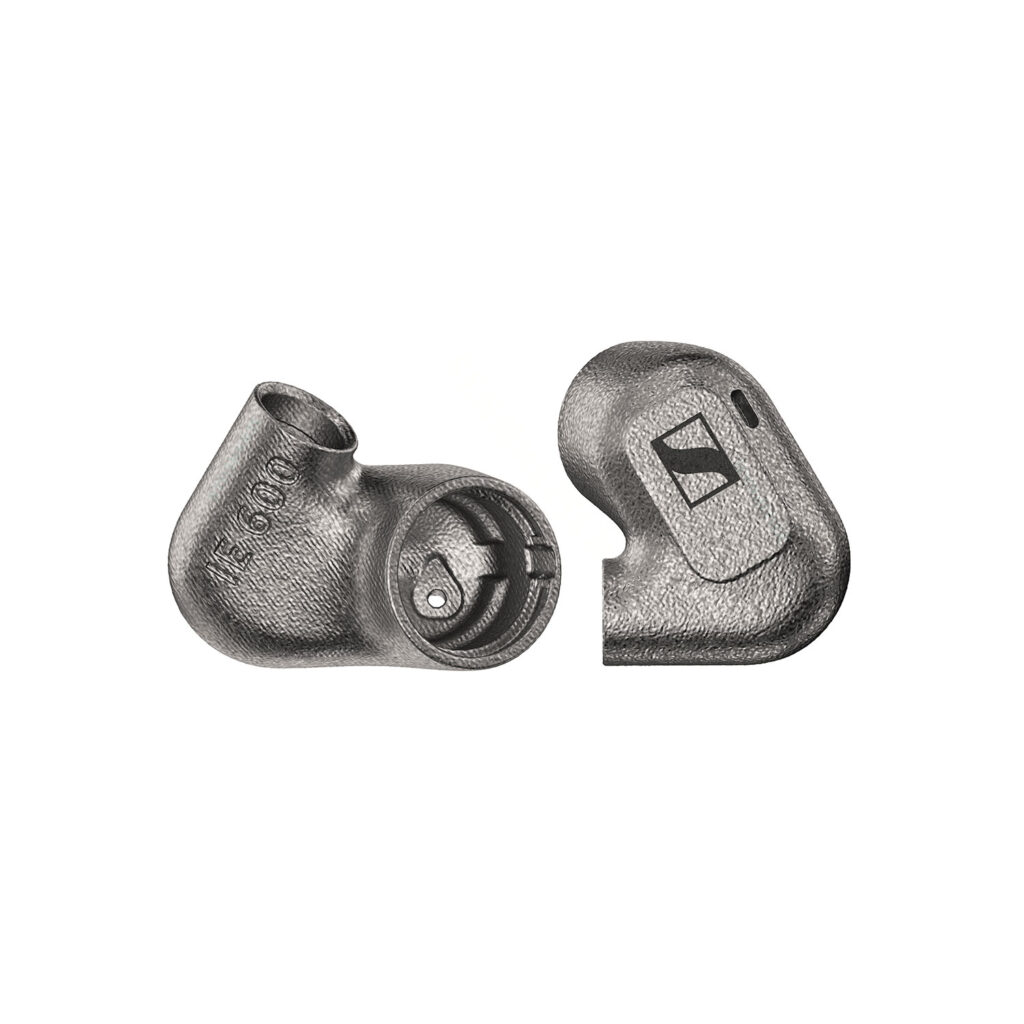
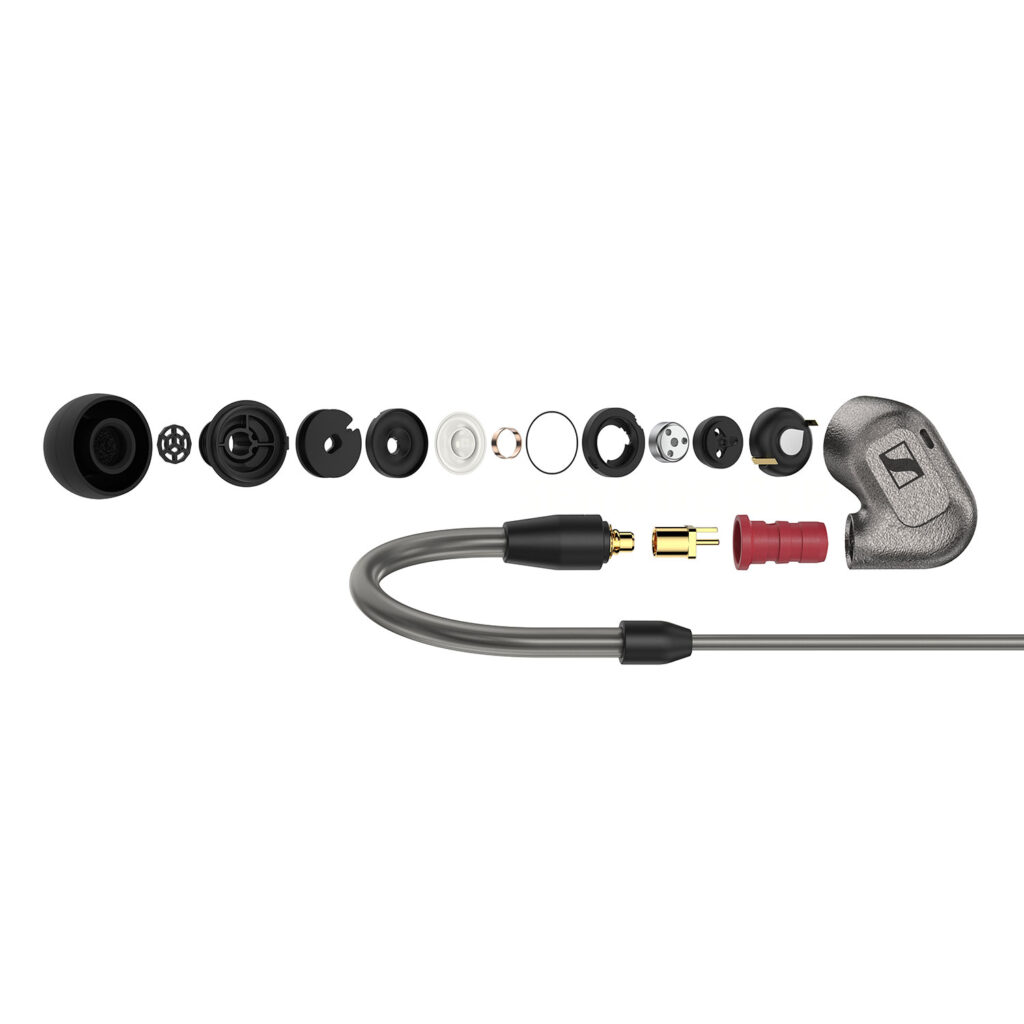
- Single dynamic 7mm extra-wideband True Response transducer, the same as in the IE 200, IE 300 and IE 900.
- D2CA dual resonator chamber technology
- 3D-printed AMLOY-ZR01 amorphous metal housing
- Frequency response: 4 Hz – 46.5 kHz
- Impedance: 18 Ohm.
- Sound pressure level: 118 dB (1 kHz, 1 Vrms)
- THD: <0.06% (1 kHz, 94 dB
- Two cables with adjustable ear hooks included: Both are 125 cm para-aramid reinforced. One is equipped with a 3.5 mm jack, the other with a 4.4 mm.
- 3 pairs of silicone ear tips (S/M/L), 3 pairs of foam ear tips (S/M/L), cable clip, cleaning tool, carry case
- Weight (w/o cable): 6g each
Check the price on Amazon: Sennheiser IE600
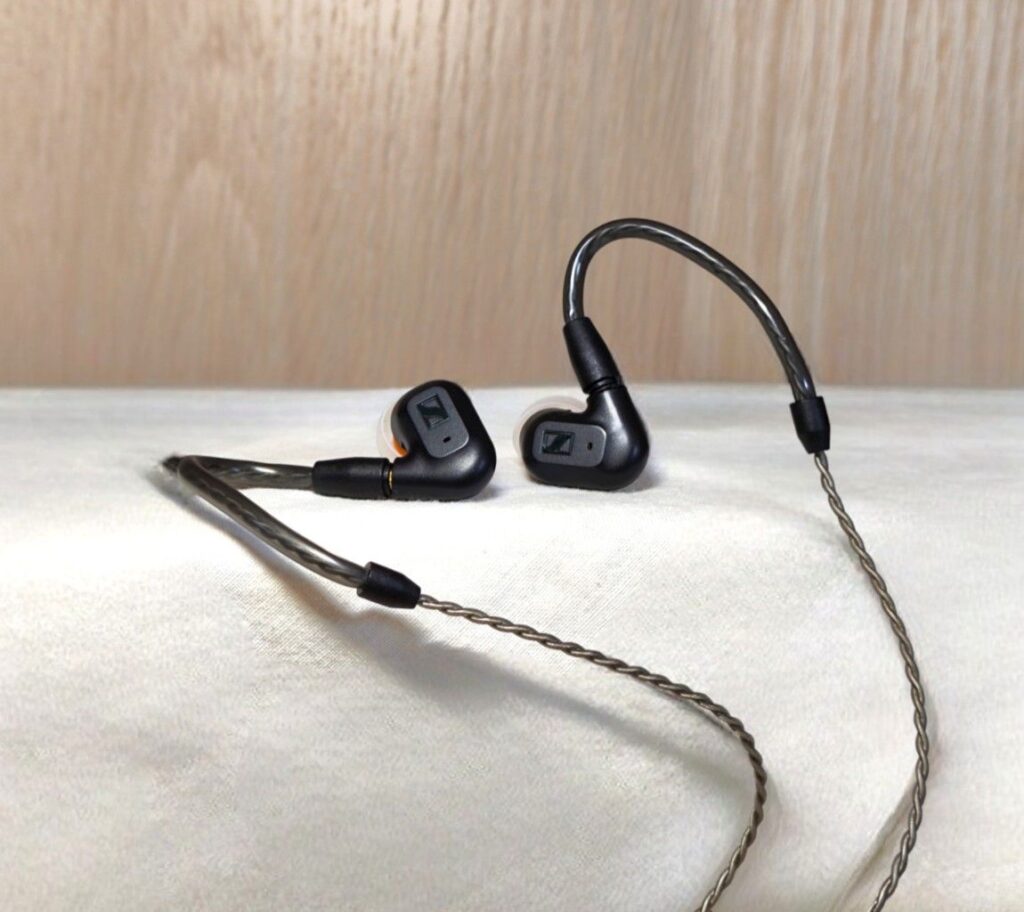
BUILD QUALITY AND COMFORT
The form factor of these two earphones is identical. As mentioned the IE200 is all plastic while the IE600 is made of 3D-printed metal. The IE600 feels like something you could throw around and step on, the IE200 not so much.
Since they are so tiny there is no practical weight difference between them and they are equally comfortable to wear. The cables are however different and I definitely prefer the more sturdy cables that come with the IE600. It also has two cables included (3.5mm and 4.4mm termination), the IE200 only one (3.5mm).
IE200 – TUNING OPTIONS WITH TIPS
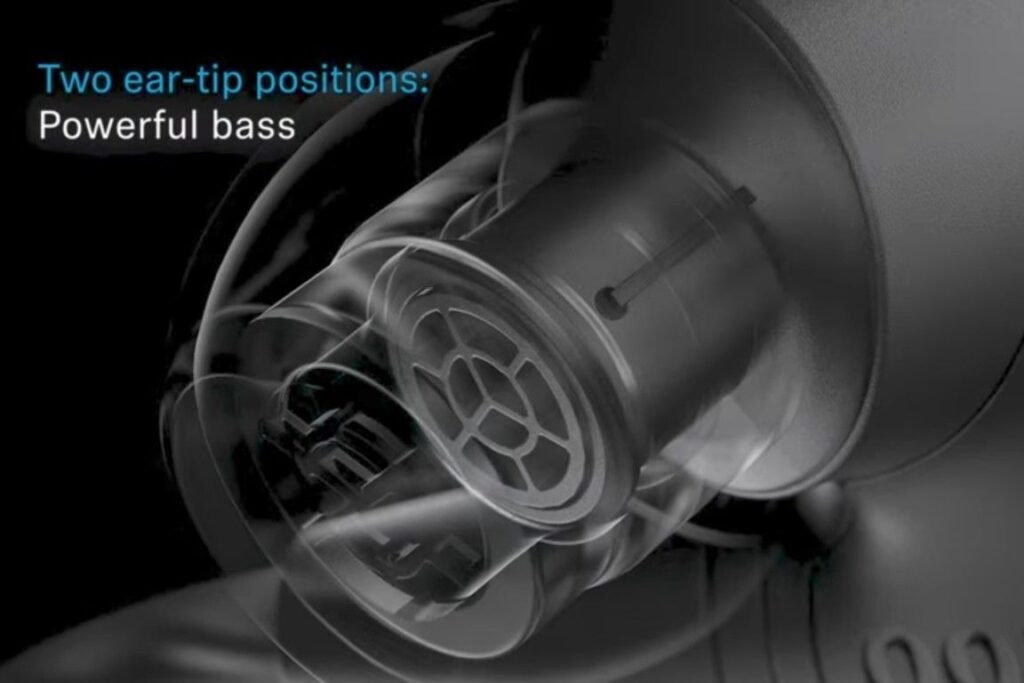
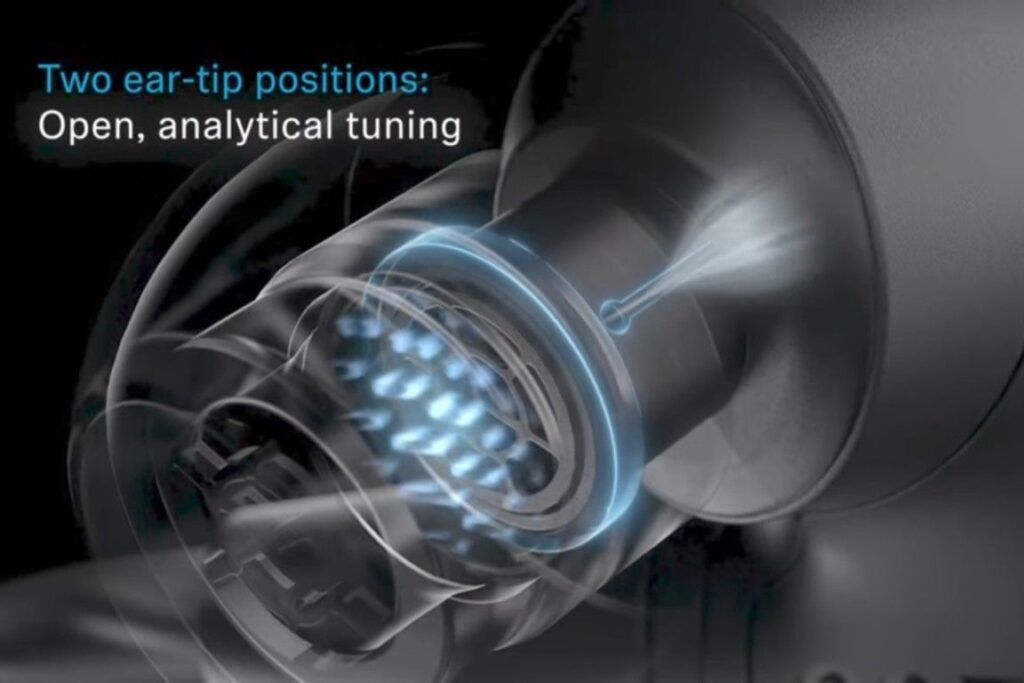
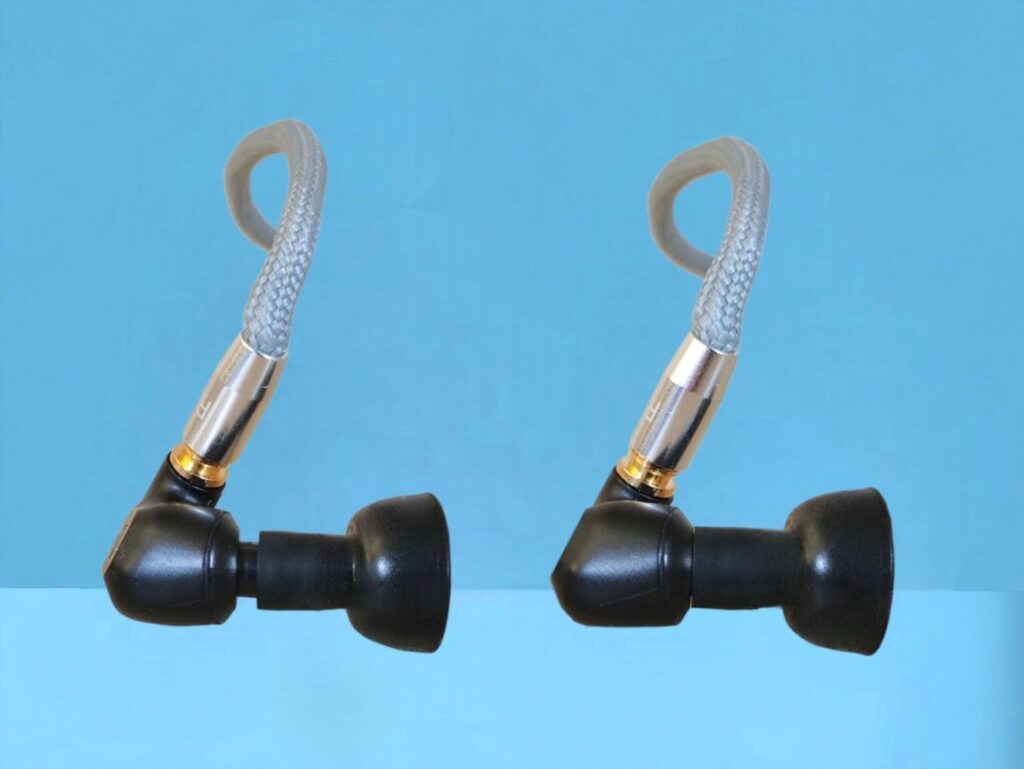
The supplied IE200 tips has a “special” feature: They are constructed in a way that makes them possible to set in two “positions”, or rather, you can pull the tip out on the nozzle to make it longer, and because the tip has a small inside stopper-rim, it will stay in that position. You can of course do that with other tips too, but they are more prone to repositioning themselves. I tried it with my Spintips and it had a similar effect on the sound.
In the shortest (normal) position the bass will be enhanced and in the longer (extended) position it will be reduced. The sound profile is very similar to the IE600 in the shortest (normal) “bass heavy” position.
That being said, for this comparison I used third party tips in the normal position. I chose the Spinfit CP100 but CP145 also works. Tips are extremely individual and I tend to use Spinfit on all IEMs because they fit my ears and give a good seal for me. Everybody has different ears, and it is no use recommending tips on a general basis.
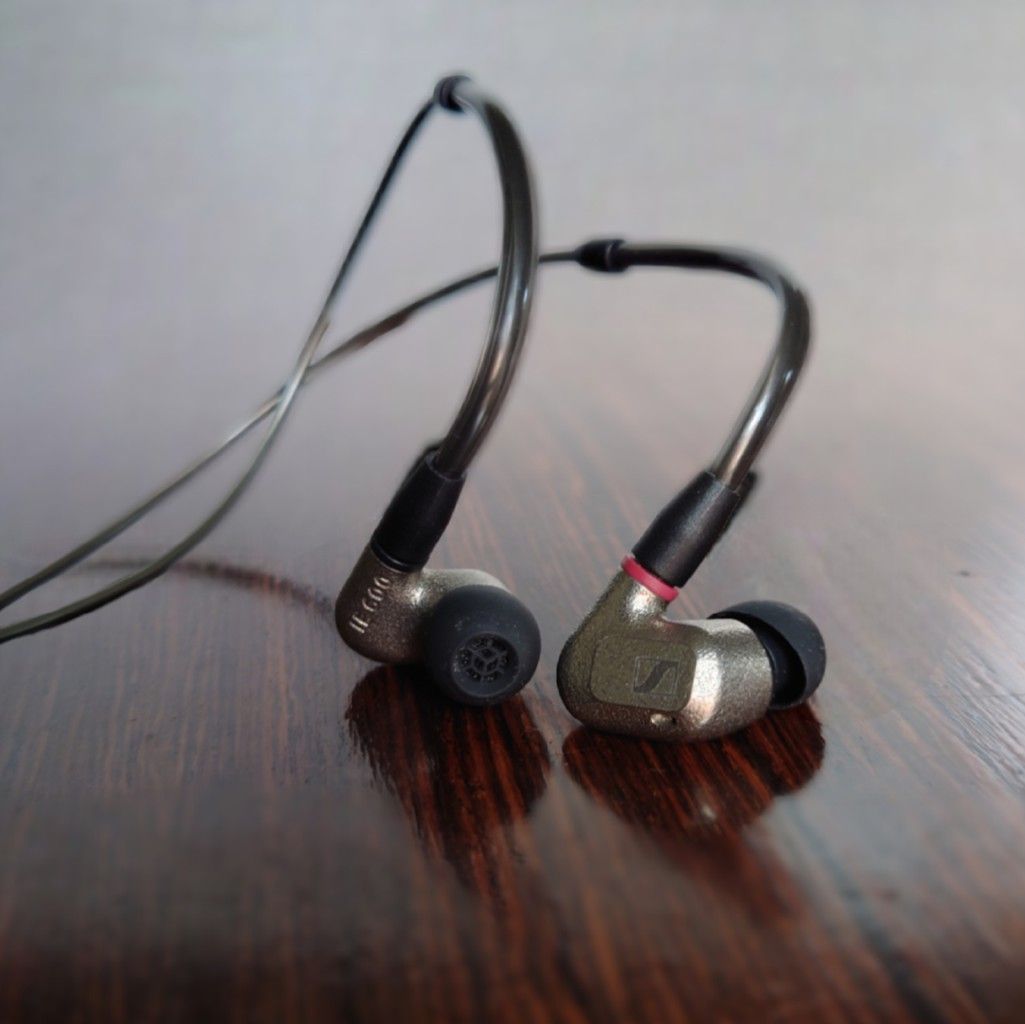
LISTENING COMPARISONS
The amplifier used in this comparison was the Monolith THX AAA 887 and the source was the RME ADI-2 DAC FS.
First of all I have to make it clear that I did not use the stock tips on neither the IE200 nor the IE600. I used SpinFit CP100 tips on them both, and the impressions might be different when other tips are used or especially if one uses different tips on the to models, especially given the above mentioned tuning option of the IE200. I have seen several comparisons online where people claim there is a huge difference between the IE200 and IE600. I do not know what tips they used or if they were the same tips or set to the same tuning position. It is something to be aware of. As you will see I did not find the difference to be very large at all with the tips I used.
Starting out with the guitar-based blues instrumental Lay It Down by Lee Ritenour, the two Sennheisers are remarkably similar. The IE200 has a bit less bass quantity and needs a bit more power to reach the same volume level. I have to adjust it every time I change between the two IEMs. The IE600 is a bit crisper and clearer, but not much.
With Limit to Your Love by James Blake, they are very similar. Again, the IE200 needs more power.
Continuing with Lounge Fly by Stone Temple Pilots, the differences are again very small. The IE200 feels just as clear as the IE600. It might even have a bit better separation with this track.
It’s also hard to tell which of them I prefer when listening to Lyric Suite IV by A. Berg / Alban Berg Quartet. The two IEMs are similarly tuned and they have similar detail levels. And, as always, I need to adjust the volume level each time I switch. If I had to say anything I would maybe find IE600 a tad cleaner, but not much.
Leonard Cohen’s Almost Like the Blues reveals that the IE600 gives a bit more body to the bass, but it’s already strong enough for me with the IE200. Otherwise, differences are small.
Finally, listening to As Before by Olga Konkova, I can hear that there is a little bit more texture to the vocals with the IE600. It also has a slightly more powerful punch in the lowest regions.
I continue through my playlist and the impressions remain unchanged: The IE600 is a bit more sensitive than the IE200. It has a bit more bass and treble energy. Often it feels a slightly more detailed. However, sometimes it is the other way around. Most of all these two earphones are remarkably similar. They both have plenty of bass, an intimate but still quite open soundstage, detailed and warmish mid-range and nice treble resolution without too much energy.
The sound is so similar that it makes perfect sense that both use the same driver. The sound differences are due to the different housings alone.
Since the IE600 has two resonance chambers, I think that whether or not you find these two earphones significantly different depends a lot on the music you listen to. Resonance chambers only affect certain frequencies and if the music you listen to doesn’t have much of those frequencies in it, you will not get very much benefit from those resonance chambers.
AMPLIFICATION
Not surprisingly, the two earphones have very similar response to different amplifiers which is natural because they of course share the same driver. The IE600 requires a little bit less power to reach the same listening level. This is probably because the housing does not absorb or leak as much sound as the plastic housing of the IE200.
DESKTOP AMPS
As an all-in-one DAC/amp, the RME ADI-2 DAC FS is superb. With regards to dedicated desktop solid-state amps, I tried the following: The Monolith THX AAA 887 works excellently with both the IE200 and the IE600, and I ended up using it for my IEM comparisons. It’s spacious, detailed and neutral. The Topping A90 sounded good. The Schiit Magni Heretic too. The Rebel Amp from Ukraine also sounds great. The Fiio K5 PRO was a good option (it also has a decent DAC), even if it was a bit less controlled than the other desktop amps it was better than all the dongles.
DONGLES
The Audioquest Red, Cobalt and THX Onyx all sound good, although the bass is tighter with the desktop amplifiers like the Monolith THX AAA 887. The Fiio K3 and xDuuo Bal2 sounded underpowered both with the unbalanced and balanced output. The bass was bloomy, loose and lacked precision, the soundstage was small and dense, instrument separation and detail suffered.
In conclusion, both the IE200 and the IE600 demand a significant amount of power as well as a quality DAC to sound their best.
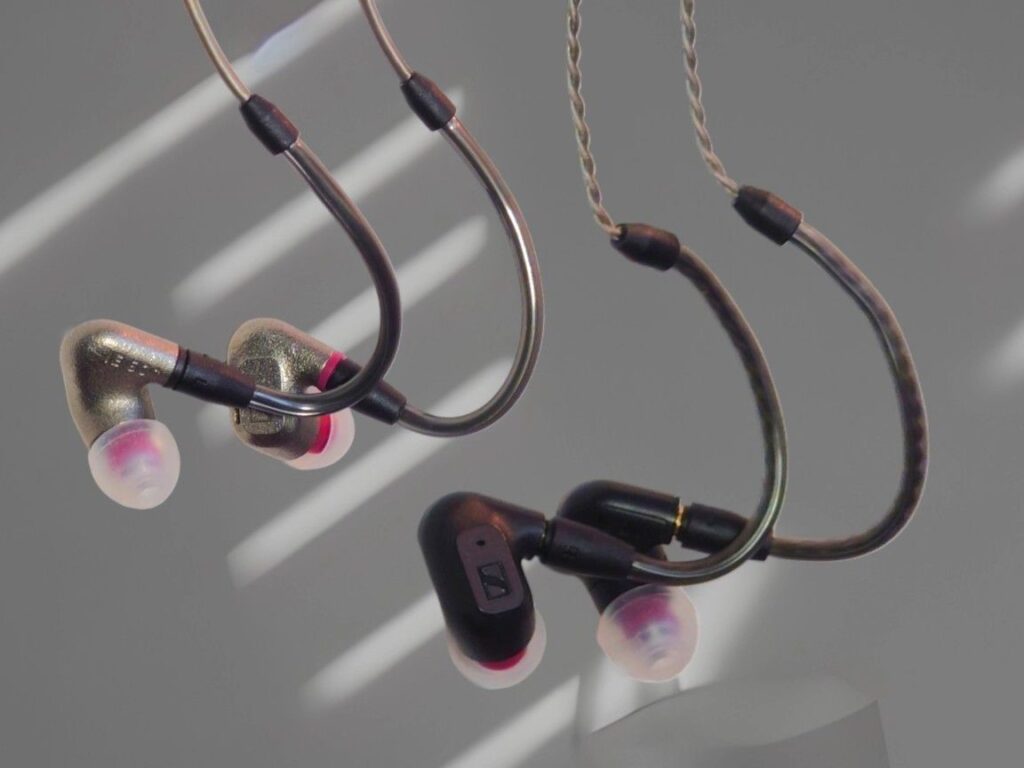
CONCLUSION
Soundwise, the plastic IE200 is a bargain: The price difference between the IE200 and the IE600 is not, as far as I can tell using my preferred (identical) third party tips, reflected in the sound quality.
However, the IE600 is slightly better sounding. Further, its metal construction probably makes it last a lifetime. It also has two cables included instead of one, and the IE600 cables are of higher quality. There’s also a traveling case rather than a pouch. PersonaIly, I think it is hard to justify the huge extra outlay, but the IE600 is undoubtedly the premium choice.
Buy on Amazon: Sennheiser IE200
Buy on Amazon: Sennheiser IE600
We make earnings through affiliate links and any purchase you make on Amazon or Linsoul clicking one of our links will give us a small provision at no cost to you.
We only get a provision for items that are not returned, so there’s no incentive for us to recommend something that’s not good.
Linsoul : Headphones, Earbuds, Wireless Earbuds, Desktop DAC/AMP, Portable DAC/AMP, Digital Audio Players,
Amazon: Headphones, IEMs, Headphone Amplifiers, Home Audio or Anything else.
.
If you enjoyed this article or other content on The Headphoneer, you might consider leaving a small donation to keep this website up and running. No donation is too small. Thanks for supporting us!
If you like our work please follow us on Instagram, Facebook and Twitter , it will help us grow. Sharing is caring 🙂


